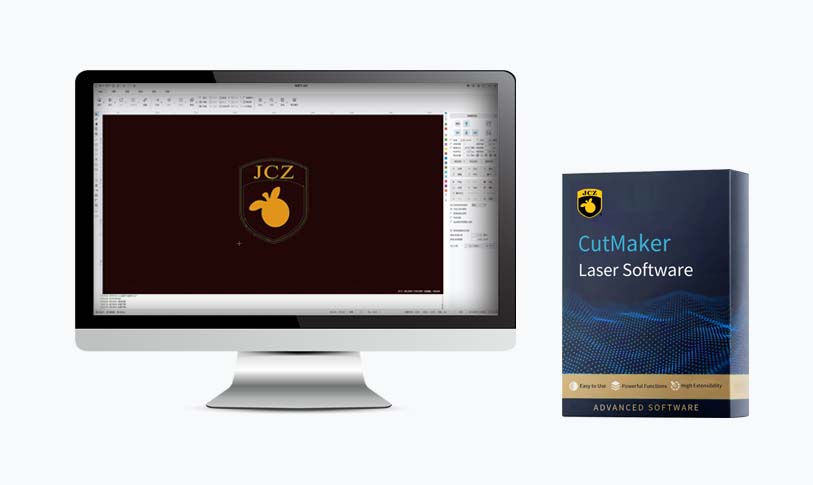[fiber laser settings]Optimal Fiber Laser Settings for Maximum Performance
News 2025-4-21
In today’s world of industrial manufacturing, fiber lasers are increasingly becoming the backbone of cutting and processing various materials ranging from metal to non-metals. They are used in almost all fields of engineering and production, where precision and efficiency are key factors. To ensure top-notch performance, it’s essential to optimize fiber laser settings according to specific applications and materials being processed.
1. Understanding Fiber Lasers

Optimal Fiber Laser Settings for Maximum Performance
2. Key Fiber Laser Settings
The following are some of the key settings that need to be optimized for achieving maximum performance with fiber lasers:
a. Power Setting: Adjusting the laser power is crucial for different materials and cutting speeds. Higher power is needed for thicker materials while thinner ones require lower power settings.
b. Speed Setting: The cutting speed should be adjusted based on the material type, its thickness, and the desired quality of the cut. Faster speeds may result in reduced quality while slower speeds may increase processing time.
c. Focus Setting: Ensuring proper focus of the laser beam is critical for achieving accurate cuts and minimal heat affected zones. The focus setting should be adjusted according to the material and the type of process being carried out.
d. Air Pressure Setting: In cutting processes, air pressure assists in blowing away debris and ensuring a clean cut surface. Adjusting air pressure according to material thickness and type is essential for achieving high-quality results.
e. Beam Delivery System: The beam delivery system, including the type of fiber optic cables used, plays a vital role in delivering the laser beam efficiently to the processing point. Proper selection of cables and optimization of their positioning can enhance performance significantly.
3. Optimizing Settings for Different Materials
Optimizing fiber laser settings for different materials is essential for achieving maximum performance. For instance, cutting thin metals requires lower power settings and higher cutting speeds while thicker materials might need higher power, reduced speeds, and different air pressure settings. Non-metals like wood or composite materials also have their own specific settings requirements that need to be considered separately.

Optimal Fiber Laser Settings for Maximum Performance
a. Conduct material tests to determine the best settings for different materials and applications.
b. Regularly monitor and adjust settings to ensure optimal performance.
c. Use high-quality components and consumables for longer-lasting performance and reduced downtime.
d. Train operators on best practices for fiber laser settings optimization.
